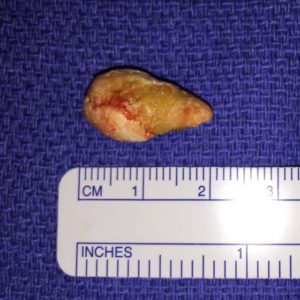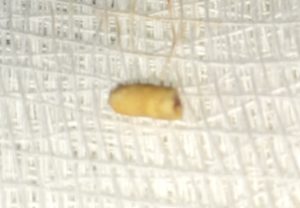What are salivary stones?
- Posted on: Dec 13 2013
In our body, we have three pairs of salivary glands in the head and neck area. They typically do the job of creating saliva, and then releasing it into our mouth to maintain moisture. Some of this is released on a steady pace to keep regular moisture. The saliva is also produced in spurts during swallowing in order to further lubricate the food before it goes down to our throat.
Each salivary gland is made from a fleshy part, with small pockets that each produce small amounts of saliva. These smaller pockets than coalesce into small duct. Down the line, smaller ducts also coalesce into medium-sized ducts and those then converge and make a larger duct. The main duct then drains into the oral cavity.
From time to time, minerals within the saliva can deposit, and they form crystallizations that otherwise could be identified as stones. This is a very slow and gradual process. Smaller stones eventually can get bigger. If the stones reach a certain size, they can block the saliva outflow from all the gland tissue behind them.
If this kind of blockage happens, the saliva gland behind the stone may get swollen. The swelling is usually rapid, and becomes worse after eating food. This is usually painful condition. Usually after having finished the food, the swelling may go down, and it usually comes back up again during the next meal. The best way to identify a stone in the saliva gland or the salivary duct is to perform an X-ray and detect the stone within the tissues. However, most of the time, the diagnosis is made clinically by presentation. Most patients are treated with a course of antibiotic to prevent infection. Otherwise, patients can also benefit from massaging the area on a regular basis in order to promote flow. Patients are also advised to increase their water intake and also to use sour candy to further push the stone out.
Occasionally, a procedure may be necessary to help this stone come out from where it is stuck. Dilation of the duct can be made using wires of increasing size in order to allow better flow. Occasionally, the stone can then come out either spontaneously or with extraction with further instrumentation.
Certain patients, who have failed multiple procedures of such, may require additional interventions within the oral cavity or by external drainage or even excision of the gland.
Tagged with: ear nose throat, ENT, Isaac Namdar, Isaac Namdar MD, New York, new york city, Otolaryngology, Otorhinolaryngology, parotid, saliva, salivary stasis, salivary stones, sialoadenitis, sialolithiasis, stone, stones, sublingual, submandibular
Posted in: Neck, Salivary glands



